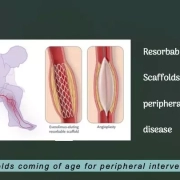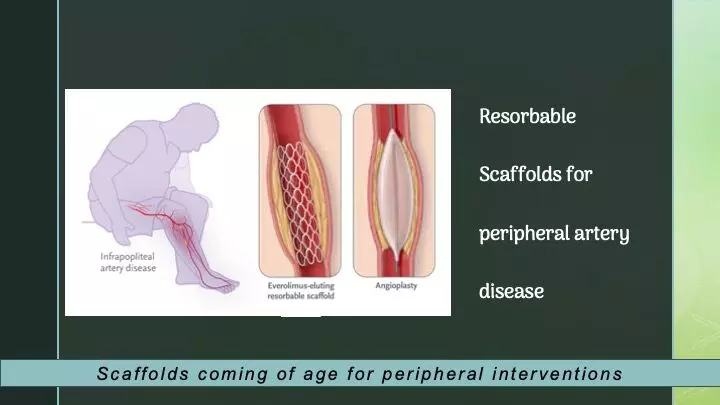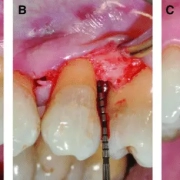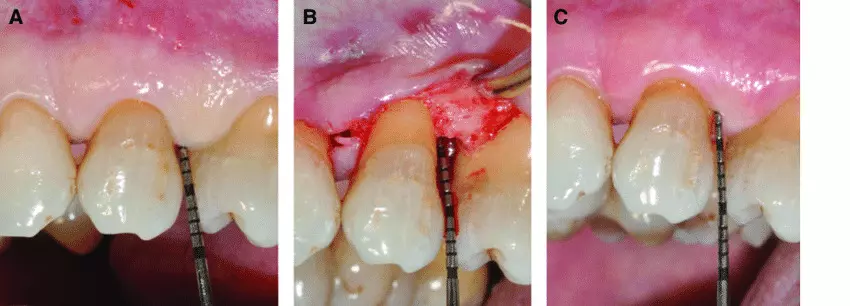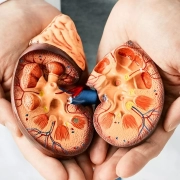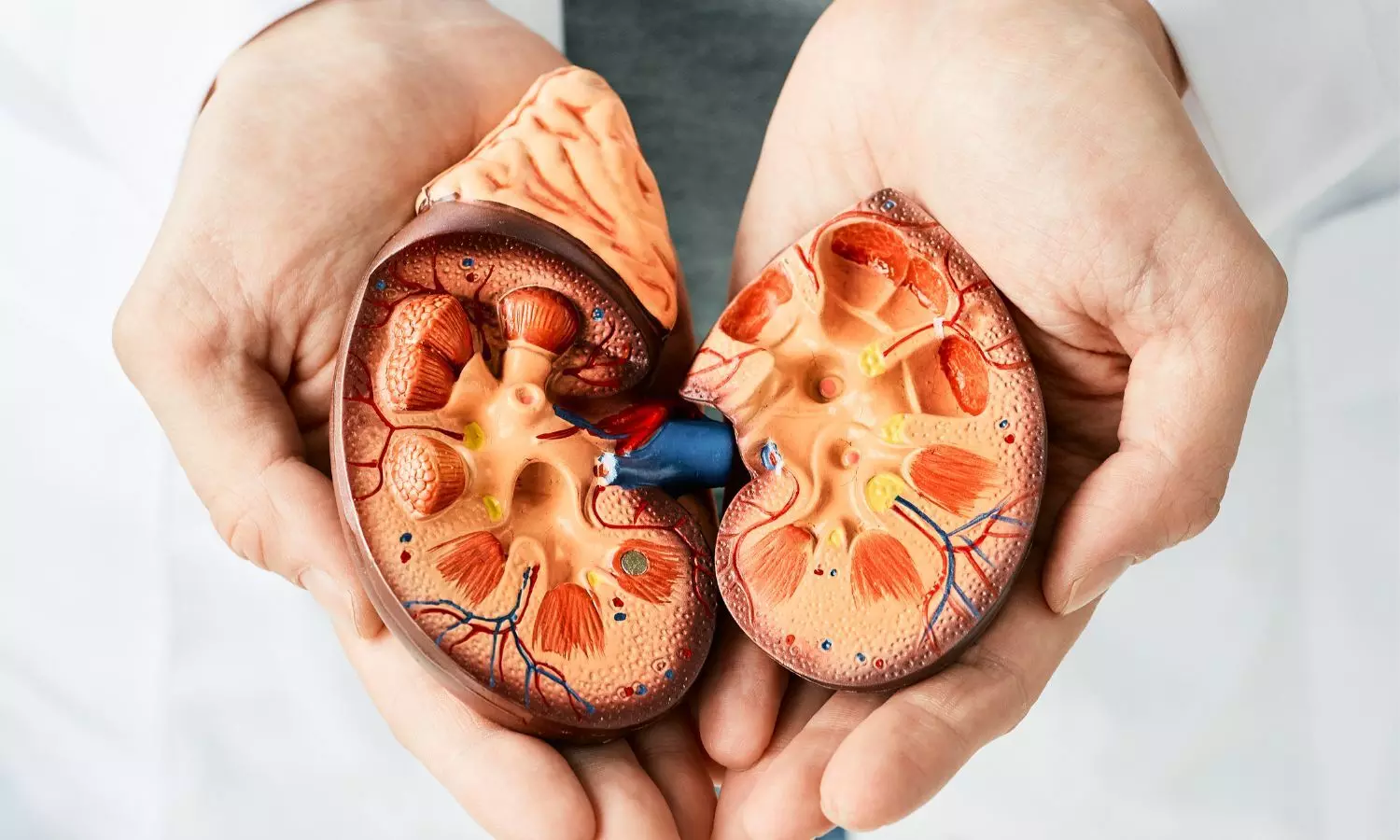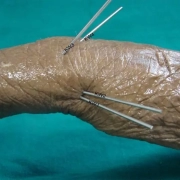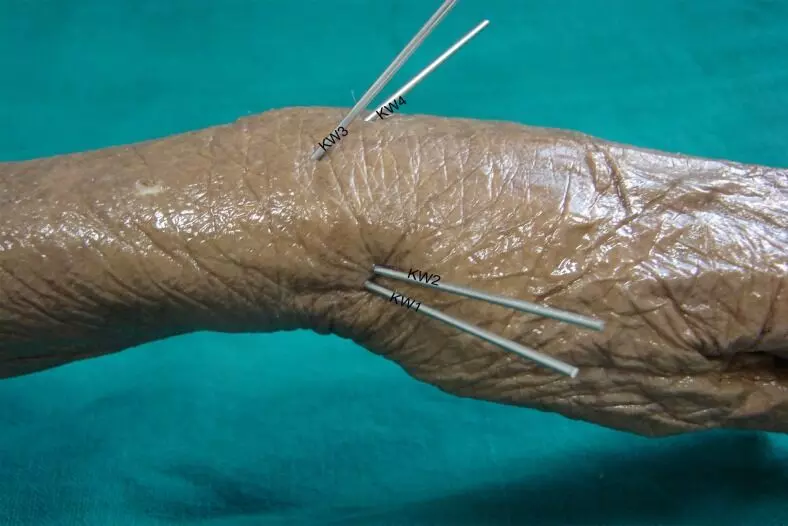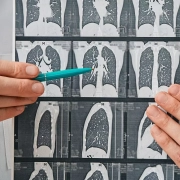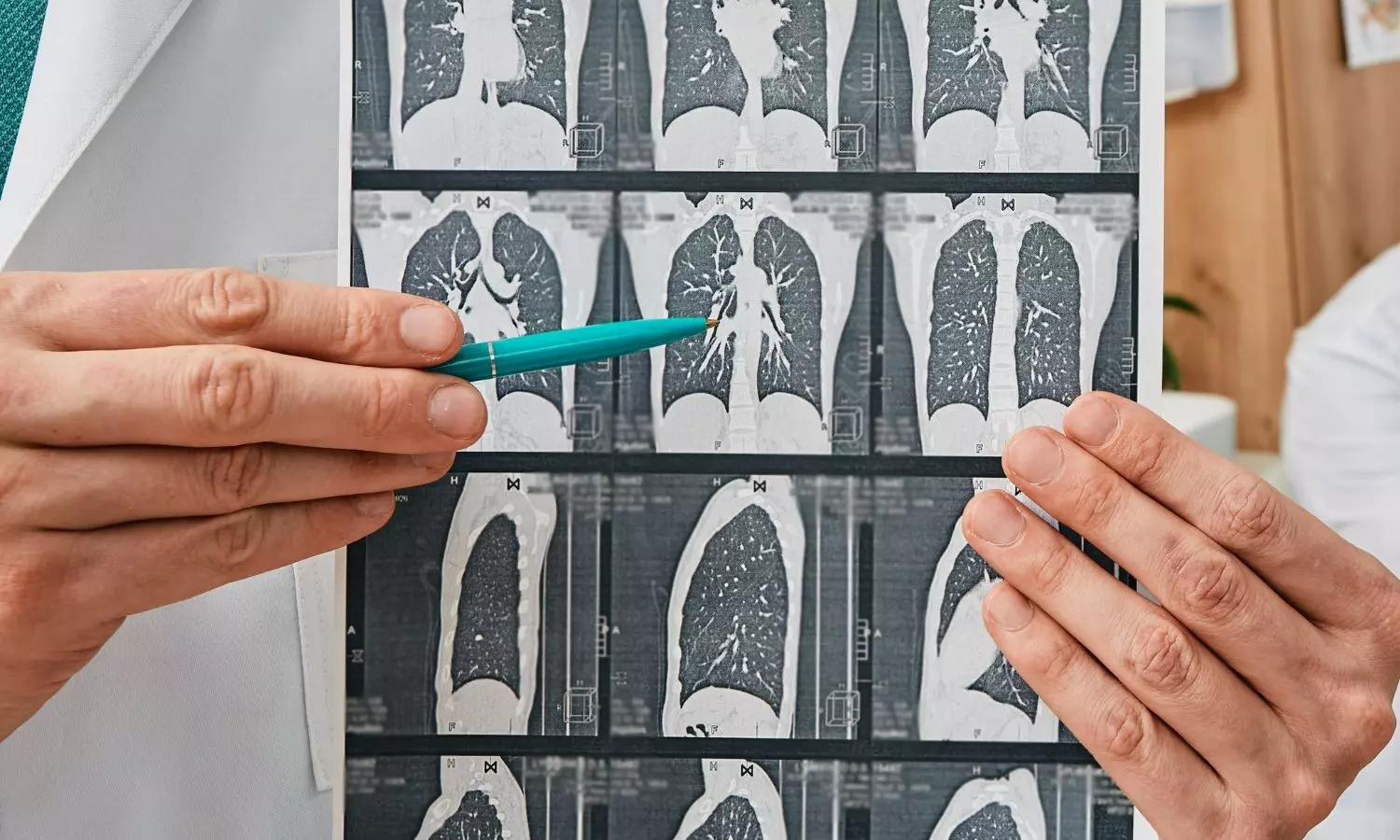Jupiter Hospital Pune performs path-breaking bloodless living donor liver transplant on 52-year-old man

Pune: Living donor liver transplantation (LDLT) is considered one of the most intricate and demanding surgical procedures known to medical science. Traditionally, the procedure has been associated with substantial blood loss and the necessity for extensive blood and blood product transfusions.
However, in a significant medical breakthrough Jupiter Hospital, Pune successfully performed a ‘living donor liver transplantation’ without the need for any blood or blood product transfusion.
The procedure became necessary when a 52-year-old man, diagnosed with end-stage liver disease, needed a living donor liver transplantation. His wife had donated a portion of her liver to save her husband’s life.
Also Read:Pune hospital performs live donor liver transplant without blood transfusion
Dr. Abhishek Yadav, Director HPB Surgery and Liver Transplant Surgeon, Jupiter Hospital, shedding light on the process said, “Living donor liver transplantation involves the removal of a portion of a healthy donor’s liver, which then regenerates in both the donor and the recipient. While this procedure has revolutionized the treatment of end-stage liver diseases, it has traditionally been associated with challenges such as significant blood loss and the subsequent need for blood transfusions.”
The breakthrough at Jupiter Hospital addresses these challenges and marks a transformative moment in the field.
Unlike conventional liver transplant procedures, the liver transplant team at Jupiter Hospital conducted the entire operation without resorting to blood transfusion. This successful operation showcased the exceptional skill and experience of the hospital’s liver transplant team, which includes proficient surgeons, Hepatologists, liver Anesthetists, and intensivists.
The success of this bloodless living donor liver transplantation underscores the pivotal role of a highly experienced medical team. Jupiter Hospital proudly has a very seasoned liver transplant team, which repeatedly navigates technical challenges with precision and expertise. The reduced reliance on blood transfusion aligns with improved patient outcomes and sets a new standard in liver transplant surgeries.
Following the 12-hour surgery, the patient emerged from the operation theatre with a smile. Remarkably, the patient did not require ventilation post-surgery, highlighting the hospital’s approach of minimizing the postoperative burden on patients.
Dr. Abhishek Yadav, Director HPB Surgery and Liver Transplant Surgeon, member of the liver transplant team at Jupiter Hospital, expressed his views on procedure. Says, “The successful completion of a living donor liver transplantation without the need for blood transfusion is a significant milestone in the field of transplant surgery. It is a result of the collaborative effort and expertise of our team. This breakthrough not only demonstrates the technical prowess of our surgeons but also emphasizes our commitment to advancing patient care standards.”
The patient’s experience, emerging from a 12-hour surgery without the need for ventilation, emphasizes the hospital’s commitment to patient-centred care. Beyond the medical achievement, the emphasis on a positive patient experience speaks about the holistic approach adopted by Jupiter Hospital, aiming for not only successful surgeries but also optimal postoperative outcomes.
This procedure also underscores a conscious effort to minimize the reliance on blood transfusions. This approach aligns with the hospital’s commitment to patient safety, reducing the risks associated with transfusions and promoting a smoother recovery process. It also marks a significant advancement in the overall safety and success rates of living donor liver transplantations.
Powered by WPeMatico


